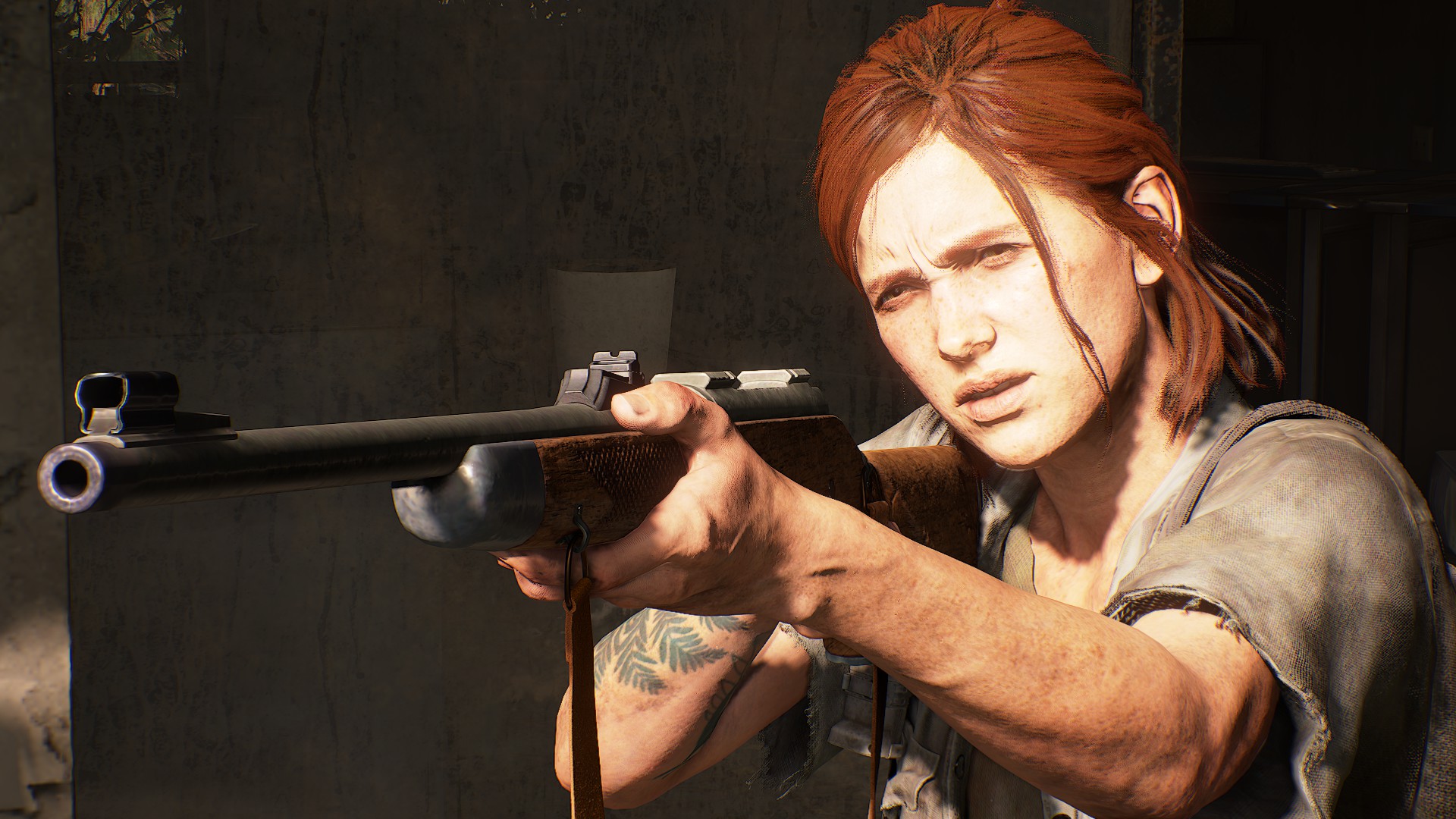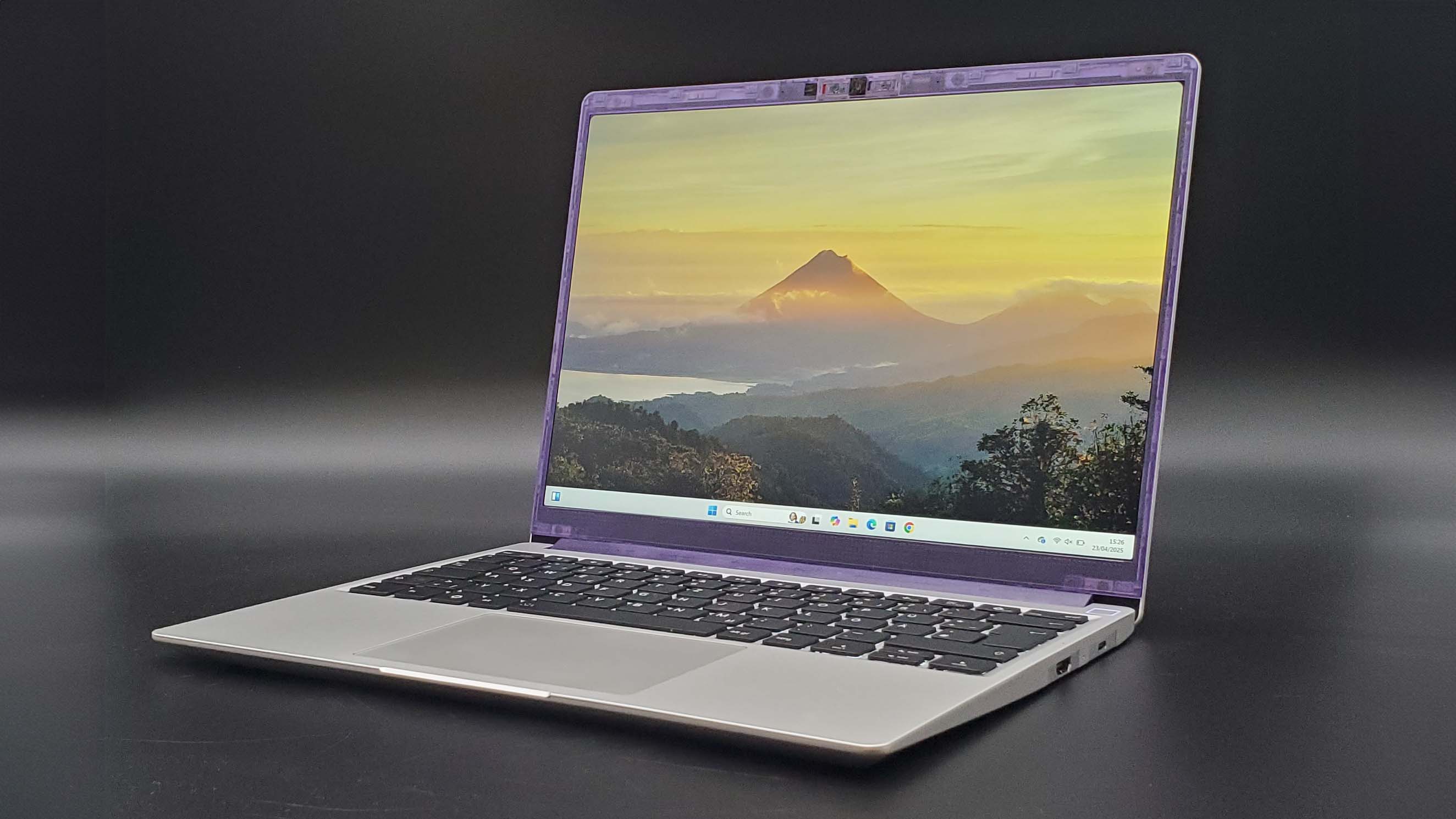Our Verdict
A rough port and bungled narrative make The Last of Us Part 2 hard to recommend, though the remaster's additions and moment-to-moment action satisfy.
PC Gamer's got your back
If you were around for the release of The Last of Us, you'll remember that it felt like a watershed moment for the medium. There had been plenty of good videogame stories before, but few with such good performance capture as to draw comparisons to film and prestige television.
The Last of Us Part 2 came out in a different time, seven years after the first game sent its waves through the industry, and its mature cinematic leanings were less impressive then—not that this spared it any attention, as its polarizing narrative attracted an intense emotional response that just about enveloped the internet.
A half-decade of baggage and a wildly successful TV show later and it's finally on PC, with a host of improvements and gameplay additions to make this the most feature-rich The Last of Us release yet. Unfortunately, the port is shaky at the best of times, and the game itself is no masterpiece.
The last of my frames
Performance fares well enough the first few hours on my RTX 3060 Ti, with the opening's snowy landscapes only harried by a texture bug here and there, but once I got to the game's iconic overgrown cityscapes the inefficiency became more obvious.
What is it? The remastered sequel to a legendary survival-horror adventure game.
Release date April 3, 2025
Expect to pay $49.99
Developer Naughty Dog, Nixxes Software, Iron Galaxy Studios
Publisher Sony
Reviewed on Windows 11, NVIDIA GeForce RTX 3060 Ti, Intel Core i7-12700F, 16 GB RAM
Steam Deck Verified
Link Official site
I often encountered stuttering when entering dense areas for the first time and texture glitches as foliage struggles to pop in, and the otherwise stable framerate ails in particularly busy scenes. It doesn't feel like the technical disaster the first game's port was at launch—our more comprehensive performance analysis called it "a million times better" than that mess—but it had all these issues on Medium settings at 1080p with a rig that, while modest, exceeds TLOU2's recommended specs. A day one patch is inbound, but these things usually take more than one patch to resolve.
The new features in the remaster are mostly in line with Sony's other ports, offering ultrawide support, HDR, more detailed graphics options, and better accessibility options like descriptive audio and the "speech to vibrations" setting, which allows a DualSense controller to punctuate dialog with vibrations for improved clarity. They're all welcome additions that make this version feel definitive.
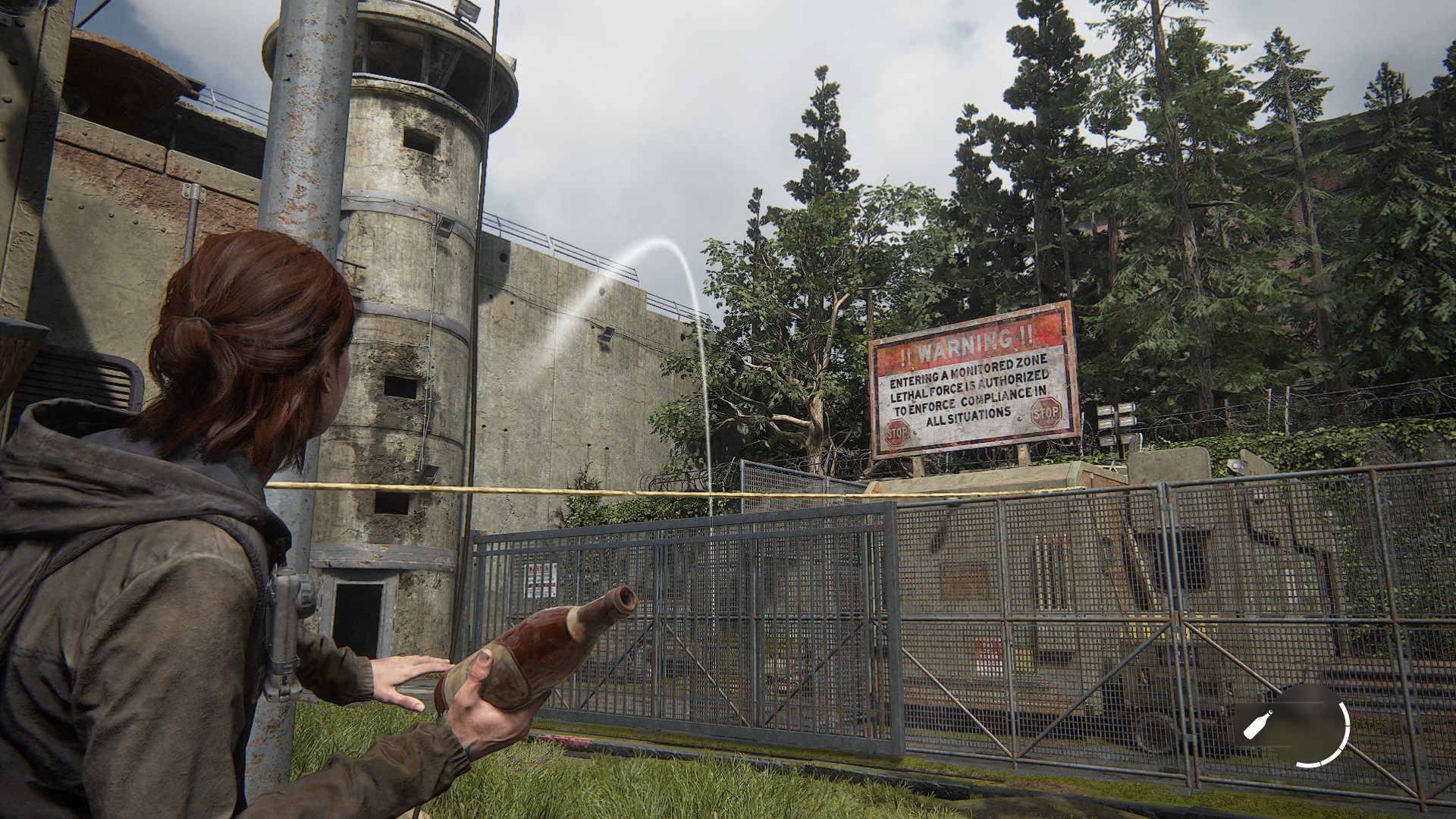
There are two new modes as well: a place to freely play Ellie's guitar and No Return, a roguelite mode where players trawl through a series of randomized combat encounters earning weapons and upgrades as they go. The former feels like a dispensable novelty modders will have more fun with than I did, but the latter is my favorite part of the entire game. While most zombie horde games involve blasting away hundreds of mindless enemies with overwhelming firepower, No Return is about carefully leveraging few resources against small packs of refreshingly intelligent opponents.
Runs take less than an hour but are varied and richly customizable, with all sorts of mission types, playable characters with different perks, and difficulty options to fine-tune your experience. It's mostly the same sort of sneaking around, throwing bricks, and backstabbing clickers as you'll find in the campaign, but it retains its tension and bloody spectacle divorced from the larger story and exploration sequences, which left me comparatively cold.
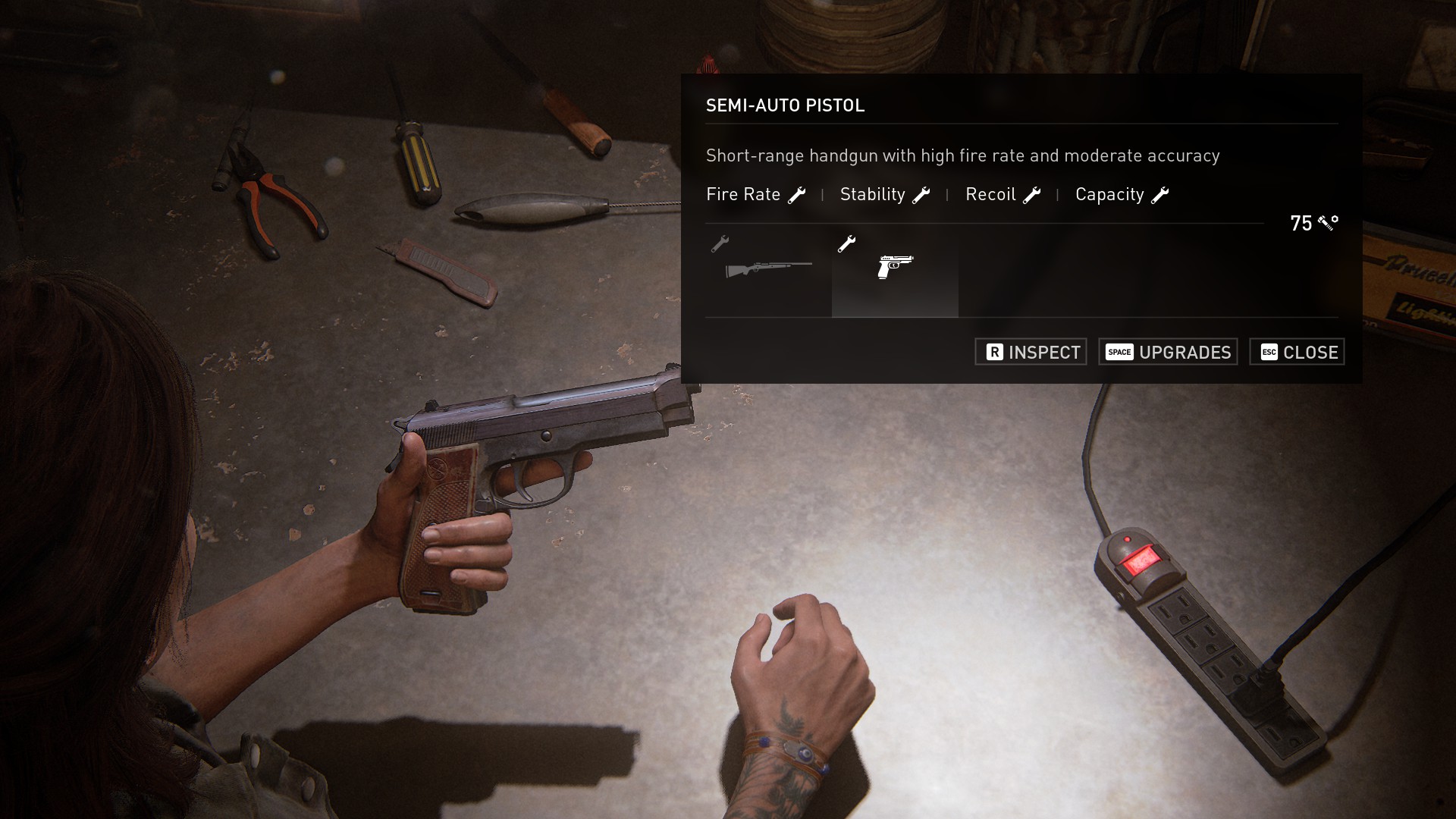
Moral of the story
Unlike the first game's story of fatherhood and the struggle to keep a grip on one's own humanity in times of desperation, The Last of Us Part 2 reflects on what happens when that grip fails, and weathered psyches come into conflict. It's superbly acted, scored effectively, and is the rare videogame with a keen eye for a good camera shot.
That said, the script itself has some unignorable issues. Its portraits of ugly, consequential violence are empathetic, but it also makes some cynical assumptions along the way, carrying the baggage of a troublesome implicit metaphor which undercuts any nuance it might have had.
The narrative revolves around a conflict between the military junta FEDRA, the insurgent Washington Liberation Front, and a church of religious zealots, the Seraphites. The latter two quickly form an uncomfortable, biased parallel with the real-world Israel-Palestinian conflict, with creative director Neil Druckmann tracing back his inspirations for the game to the killings of Israeli soldiers.
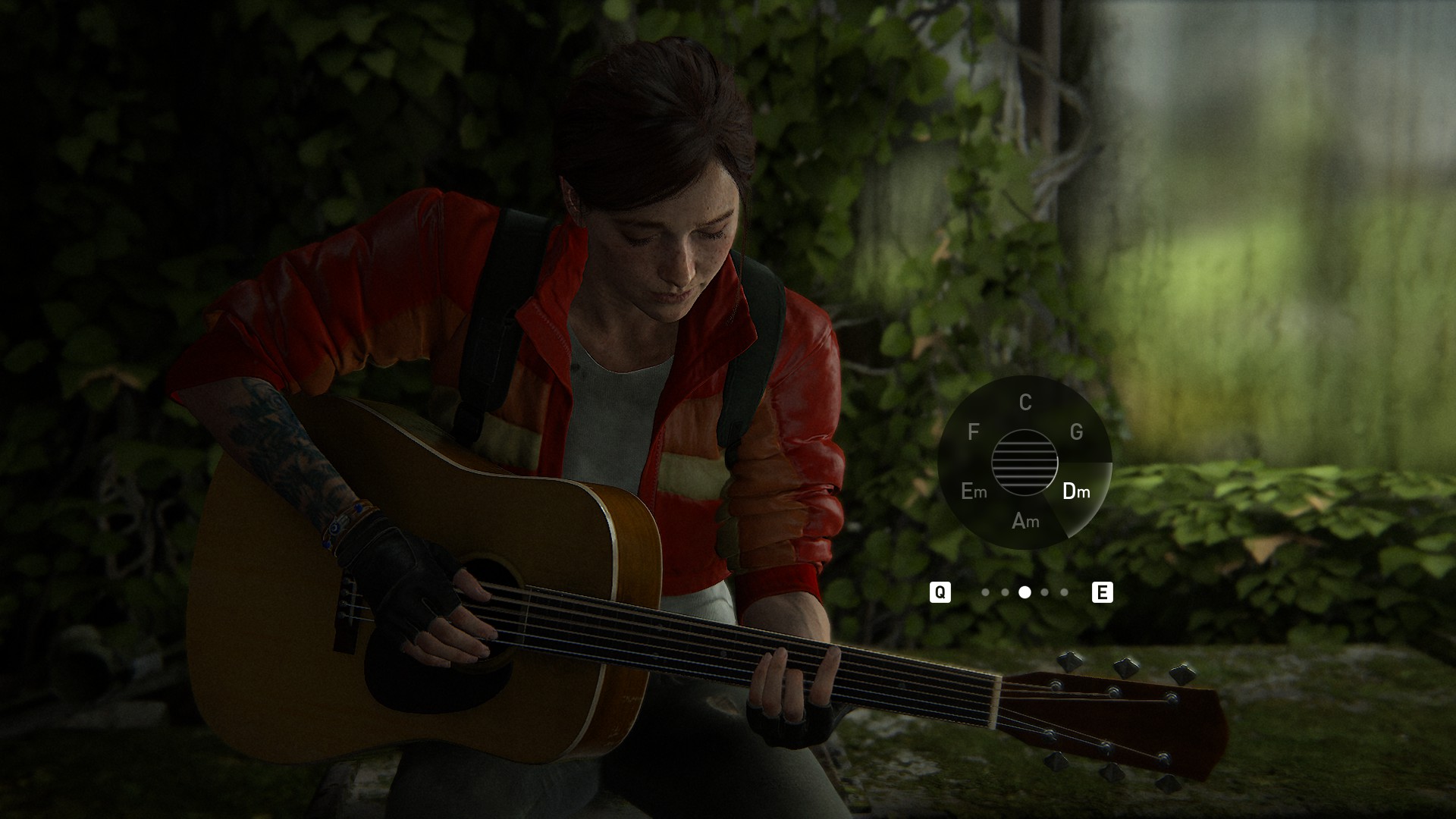
Suffice it to say deuteragonists Abby and Ellie seem trapped in a cycle of revenge not unlike that of the WLF and the Seraphites, and the game's 'violence is bad no matter who does it' proselytizing fails to account for the power dynamics involved in bloodshed between oppressor and oppressed.
Even ignoring the larger context, most of The Last of Us 2's story beats involve someone setting out to kill someone else, doing some gruesome stuff along the way, and eventually realizing killing is bad. Characters constantly quip about how violent they'd get if confronted with the right circumstances, and it treats murderous rage like something we're all entitled to but probably shouldn't act on.
The Last of Us Part 2 circles around its half-baked, unsubtle point like a dog chasing its own tail, and no amount of best-in-class acting makes it particularly enlightening. As for how the story is to play—it's a feast for the eyes and ears, but makes occasional concessions to keep you moving forward.
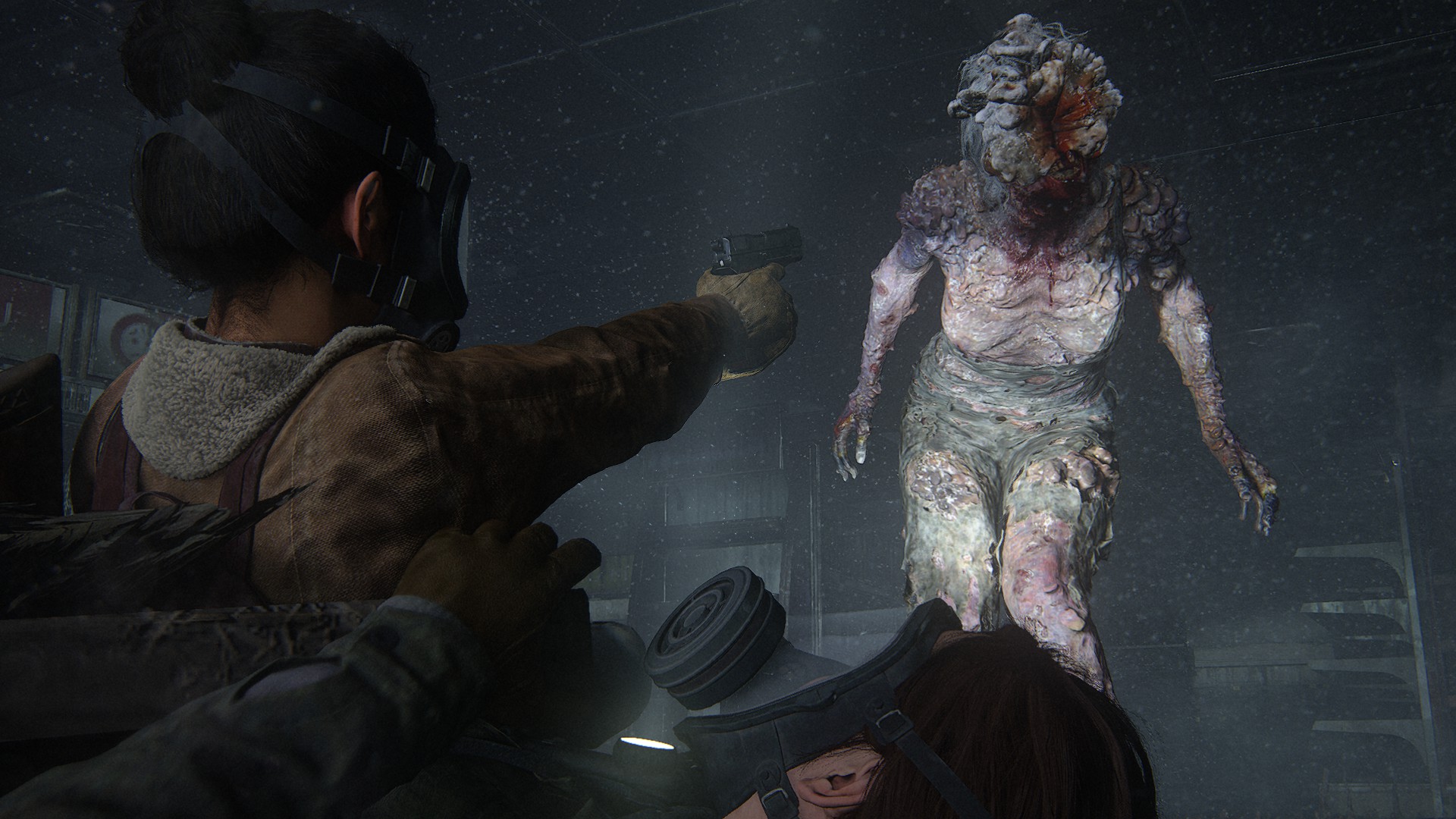
Short leash
Exploration is rewarding when the player is cut loose to scramble for bullets and crafting materials, but the meat of it is getting wheeled from cinematic set piece to set piece. Characters loudly pontificate about the next objective, which usually involves finding an object or NPC and pressing E. Spend too long meandering and the game will eagerly suggest taking a hint or provide context-sensitive information to point you in the right direction, like with a popup that reminds you glass can be broken or that locked doors can be opened from the other side. While it's all a suitable vehicle for Naughty Dog's cinematic storytelling, the frequent prompts are blunt and artificial in ways TLOU2's rich stealth action isn't.
Narrative and exploration intertwine elegantly, though, with spontaneous journal entries and environmental clues pointing you to the next batch of handcrafted encounters. These range from exhilarating chase sequences to in-engine cutscenes that blend so seamlessly it's hard to know where the gameplay ends and the handcrafted stuff begins.
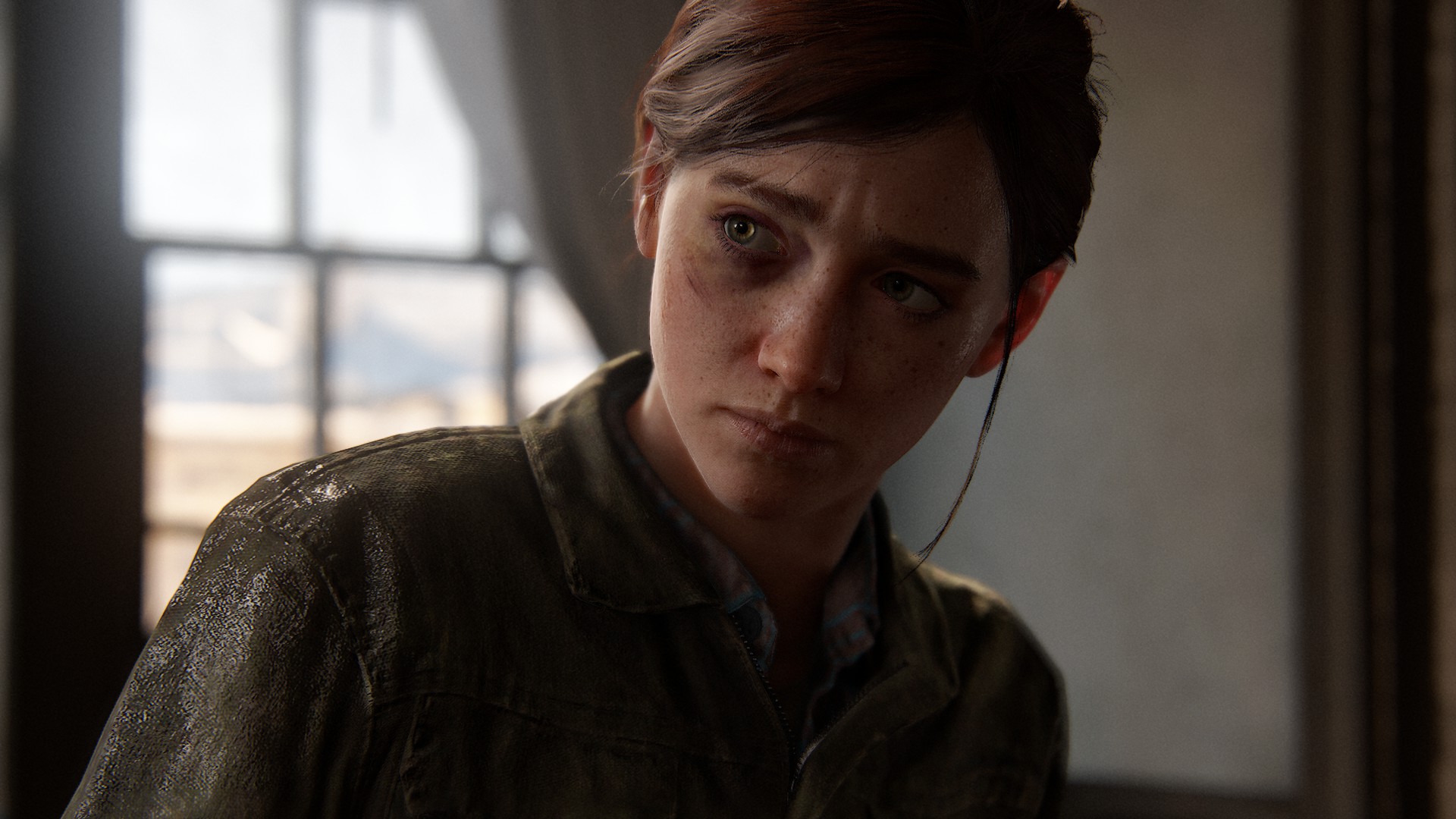
There's a sequence early on where what seems to be a normal combat encounter becomes so overwhelming you have no choice but to flee down a snowy hilltop, zombies plowing through buildings and buckling down chain-link fences in a spectacle that had me stunned by its movie-like sense of scale and pace. Despite my issues with the script, The Last of Us Part 2's story is undeniably a marvel of sight and sound.
Combat encounters are fun for less complicated reasons. Brawls and gunfights are frantic and thrilling, deciding on your feet whether to spend precious bullets or risk getting a lethal bite in melee. With meager resources to find in the overworld, every bomb chucked and mag dumped is a weighty loss. It also benefits from some audiovisual oomph, with all sorts of unique execution animations making use of nearby allied characters or the environment.
I was especially taken by the way sound is used in stealth sections, with ambient noise escalating to ear-piercing volumes as you nearly get caught by an enemy. There's nothing groundbreaking about The Last of Us Part 2's combat, but I can't say it ever bored me.
All told, I can appreciate The Last of Us Part 2 for its topshelf storytelling and audiovisual splendor, but its story is cliched at best and objectionable at worst. Combat encounters, set pieces, and performances sing, but exploration and dialog exchanges stumble and bore, leaving me fundamentally polarized. With this port giving me the regular troubles that it does, that clever No Return mode is the only aspect I see myself returning for.
A rough port and bungled narrative make The Last of Us Part 2 hard to recommend, though the remaster's additions and moment-to-moment action satisfy.
Justin first became enamored with PC gaming when World of Warcraft and Neverwinter Nights 2 rewired his brain as a wide-eyed kid. As time has passed, he's amassed a hefty backlog of retro shooters, CRPGs, and janky '90s esoterica. Whether he's extolling the virtues of Shenmue or troubleshooting some fiddly old MMO, it's hard to get his mind off games with more ambition than scruples. When he's not at his keyboard, he's probably birdwatching or daydreaming about a glorious comeback for real-time with pause combat. Any day now...
You must confirm your public display name before commenting
Please logout and then login again, you will then be prompted to enter your display name.
